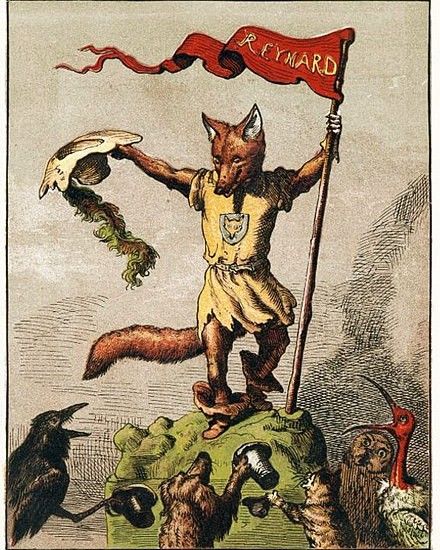The Trickster's Other Faces

In Native American mythology, the Trickster is a character known for being clever, mischievous, and playful. The Trickster is often seen as an animal, like a coyote, raven, or rabbit, though sometimes they are human or spirit beings. While the Trickster may seem like a troublemaker, they often teach important lessons through their actions. Sometimes, the Trickster’s clever tricks can cause chaos, but they help the world learn new truths and change for the better.
The Trickster’s Role as a Teacher
Even though the Trickster may seem like they are only playing tricks, their actions usually have a deeper meaning. Many stories show the Trickster teaching lessons about things like wisdom, humility, and respect. For example, a coyote might trick others into learning that greed can lead to trouble. The Trickster helps people see the consequences of their actions, whether good or bad, and learn from them. Their stories remind us that wisdom can come from unexpected places.
The Trickster as a Shape-Shifter
One of the most interesting parts of the Trickster is their ability to shape-shift. The Trickster can change their form, becoming anything they want—an animal, a human, or even something magical. This ability shows the Trickster’s cleverness and gives them the power to move between different worlds. In some stories, the Trickster might transform into a different animal to play pranks or outsmart others, showing just how powerful and mysterious they are.
The Trickster’s Mischief and Consequences
While the Trickster is clever and playful, they can also cause trouble. Sometimes, their tricks have unintended consequences that teach important lessons. For example, a coyote might steal something important, only to lose it in the end. These stories teach that actions have consequences, and it’s better to be kind and not too selfish. The Trickster reminds us that mischief, when taken too far, can lead to problems, but they also show that mistakes can teach valuable lessons.
The Trickster and Creation
In many myths, the Trickster plays a role in creating the world or important things in nature. For instance, in some stories, the Trickster might bring light to the world by stealing the sun or create a river by accident. While the Trickster might not always plan their actions, they can change the world in big ways. This shows that even playful or foolish actions can lead to important results, helping the world grow and change.
The Trickster in Different Cultures
The Trickster appears in many cultures around the world. While they may take on different forms, they share similar traits. The raven in Native American stories, for example, is known for stealing the sun and bringing light to the world. In African folklore, Anansi the spider is a Trickster who uses cleverness to outsmart others. In Greek mythology, Hermes is a Trickster god known for his wit and shape-shifting abilities. These Tricksters all show how cleverness and mischief can bring change to the world.
Why the Trickster is Important
The Trickster teaches us that life isn’t always serious, and sometimes it’s okay to laugh, make mistakes, and learn from them. The Trickster’s playful nature helps people grow, even if their actions cause trouble at first. Their stories show that sometimes mischief can lead to positive changes. Whether the Trickster is making people laugh or teaching important lessons, they remind us to be clever, adaptable, and open to learning from the unexpected.
The Trickster’s other faces are full of surprises. Whether they are wise, mischievous, or shape-shifting, the Trickster helps teach important lessons about life. Through their tricks and pranks, they remind us that the world is always changing, and we must be clever and ready to learn from our actions. While the Trickster’s stories are full of fun, they are also filled with lessons that help us understand the world and grow into better people.